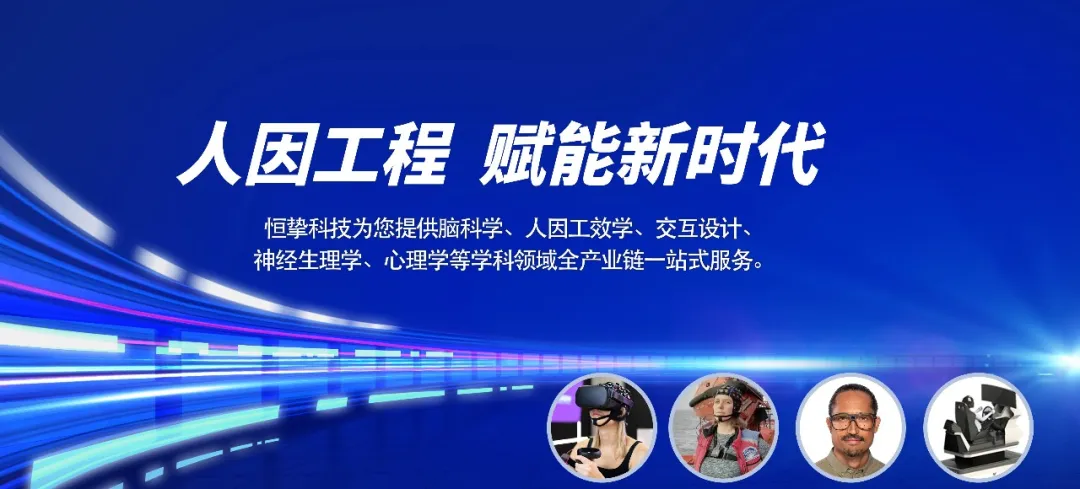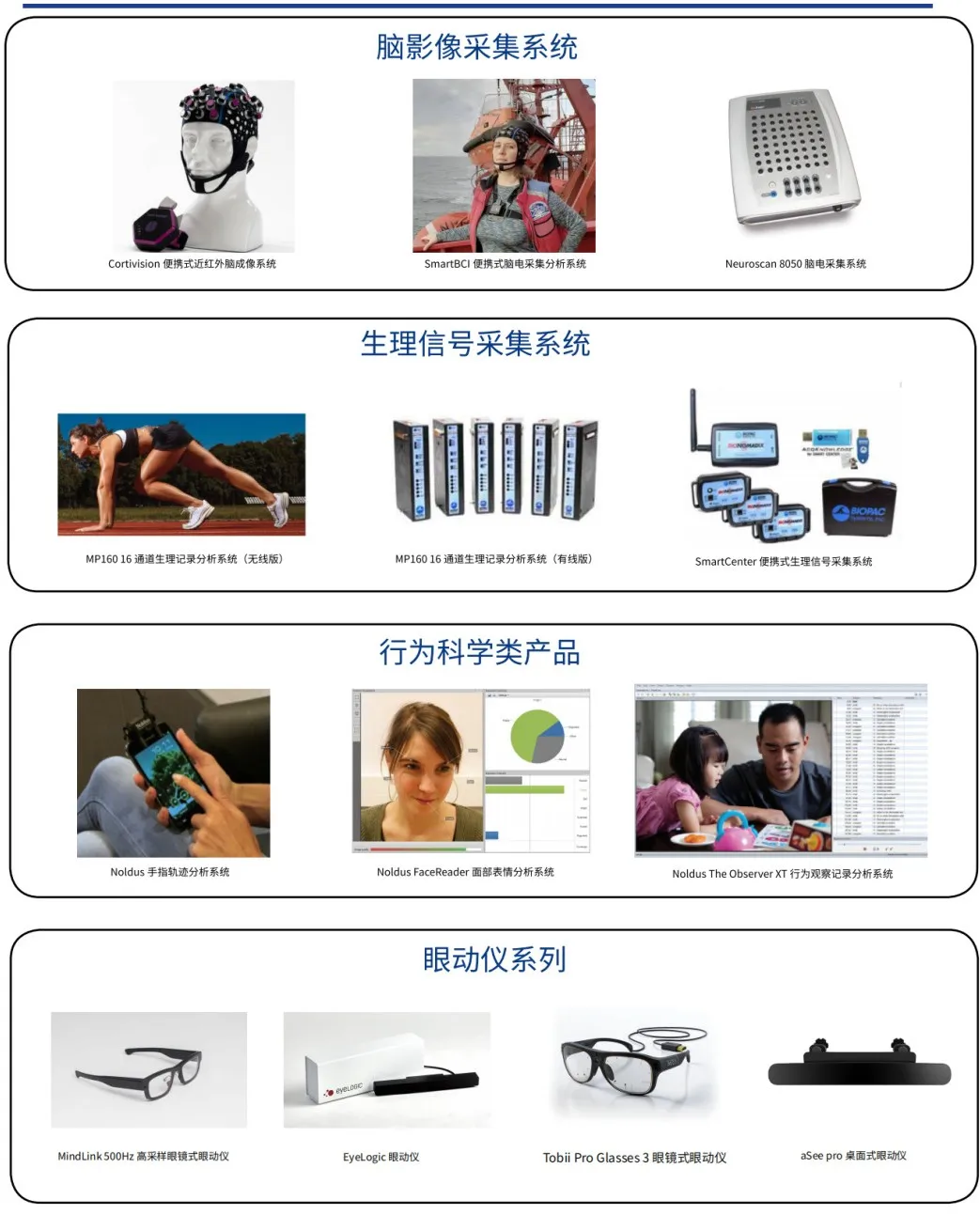Editor's Note
In this NIR hyperscanning study, two Cortivision NIR devices supplied by our company were used to synchronously capture the brain activity of the "teacher" and the "student" during face-to-face teaching.
It is worth noting that the Cortivision NIR devices used in this experiment come from interesting sources, one from the Behavioral Economics and Policy Simulation Laboratory of Northwest Agriculture and Forestry University, and the other from the Xi'an Key Laboratory of Human Factors Intelligence for Emergency Response and Security of Xi'an University of Science and Technology. This is a good example of how multiple schools can use the same Cortivision NIR device to conduct joint ultra-scanning experiments that require multiple devices to collect data simultaneously.
In addition, because the experiment organizer is the first time to carry out ultra-scanning experiments, this experimental process by our company to provide technical support.
The success of this experiment proves once again that the Cortivision NIR device not only has the advantages of high portability, fast acquisition and easy processing, but also has the great advantage of unobstructed linkage between the same device and the ability to synchronize the acquisition of NIR data by multiple devices!
Li Kahua
General Manager, Beijing Hengzhi Technology Co.
01
Experimental background
Knowledge is generally divided into two categories: explicit knowledge that can be coded and easily expressed in writing, and tacit knowledge that is difficult to be coded, complex and highly private. In the field of construction engineering, tacit knowledge can be categorized into skills and cognition according to the content characteristics and the degree of abstraction. Skill-based knowledge includes operational skills and operational experience. Cognitive knowledge includes intuitive judgment and problem solving ability.
In construction engineering projects, efficient transfer of tacit knowledge is important for enhancing teamwork resilience and promoting collaborative innovation. However, the process of transferring tacit knowledge is complex and elusive, and it involves cognitive interaction and knowledge integration between people.
In this study, we used hyperscanning to investigate the brain activity and inter-brain synchronization of inter-individual tacit knowledge transfer in construction project teams, predicted the transfer effects, and revealed the micro-mechanisms at the cognitive-neural level.
02
theoretical framework
H1
Different types of construction project tacit knowledge have a significant effect on interbrain synchronization during transfer
H2-3
The level of interbrain synchronization has a significant effect on the recall efficiency and internalization of receiver tacit knowledge transfer
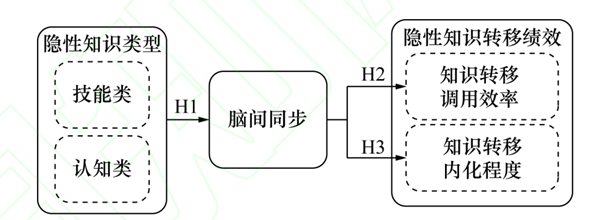


03
Experimental design
01
subject's choice
The research team recruited 96 college students from Xi'an University of Architecture and Technology, who were divided into two groups: knowledge senders and receivers. The experiment was designed with two types of tacit knowledge transfer tasks: skill-based and cognitive-based, to simulate the actual operation and problem solving process in construction engineering projects.
02
Experimental design
knowledge sender: Participants with some engineering knowledge.
knowledge recipient: Participants with no engineering knowledge background ensure that knowledge is received as a new learning process



The experiment was divided into four phases: a resting phase, a knowledge transfer phase, a reflection phase, and a testing phase. In the knowledge transfer phase, the sender transfers tacit knowledge to the receiver through face-to-face teaching. The testing phase then assesses the receiver's mastery of the tacit knowledge.
04
data acquisition
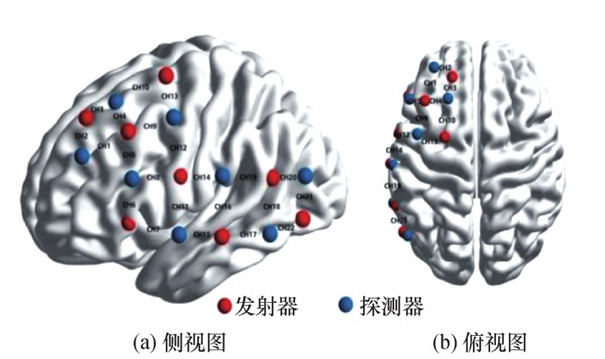


In this study, two identical functional near-infrared spectroscopic imaging systems (PHOTONCAP, Cortivision, Poland) were used to synchronously record the brain activities of the sender and the receiver during tacit knowledge transfer. A transmitter transmits light waves of 760 and 850 nm through the scalp and skull, respectively, to the cerebral cortex, and a detector measures changes in light absorption to detect changes in the relative concentrations of oxyhemoglobin (HbO) and deoxyhemoglobin (HbR). According to the literature, the left hemisphere is dominant in the knowledge transfer function, therefore, in this study, the measurement areas were identified as the left prefrontal lobe, left inferior frontal gyrus, left temporal lobe, and left temporoparietal coalition area, which are related to learning, memory, and expression. The locations of the photopoles and channels (CH) are shown in the figure above. The receiver and transmitter participants covered the same channels, CH1-CH22, with a sampling rate of 6 Hz, and the distance between the transmitter and detector was about 3 cm.
05
data processing
01
A model for measuring the level of interbrain synchronization
The fNIRS data were preprocessed to compute the interbrain synchronization activity coherently using the wavelet transform, and the interbrain synchronization values during the transfer phase of selected frequency intervals were subtracted from the interbrain synchronization values during the resting phase to be used as the task-related interbrain synchronization values.
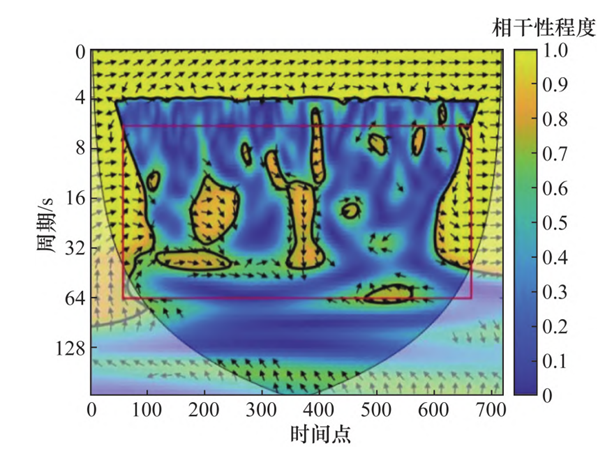


02
Performance Measures of Tacit Knowledge Transfer
Two variables were chosen to characterize the performance of tacit knowledge transfer, the recall efficiency and the degree of internalization of the receiver's tacit knowledge, with the recall efficiency being quantified by the receiver's test completion time and the degree of internalization being quantified by the receiver's test completion degree.
06
Results





cognitive response
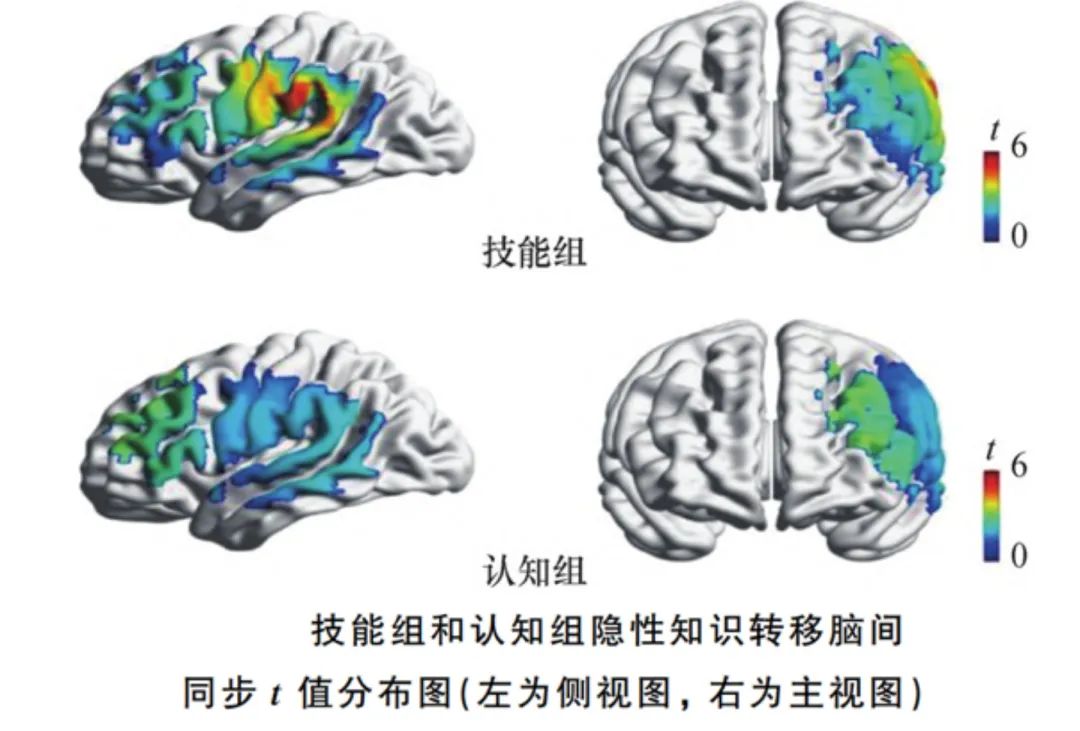


The activated brain area of the sender in the skill group was the left dorsolateral prefrontal lobe, and that of the receiver was the left temporoparietal coalition area; the activated brain area of the sender in the cognitive group was the subcentral area, and that of the receiver was the left inferior frontal gyrus. The brain activation value of the receiver in the cognitive category of tacit knowledge transfer was significantly higher than that of the skill category.





Brain-brain coupling analysis
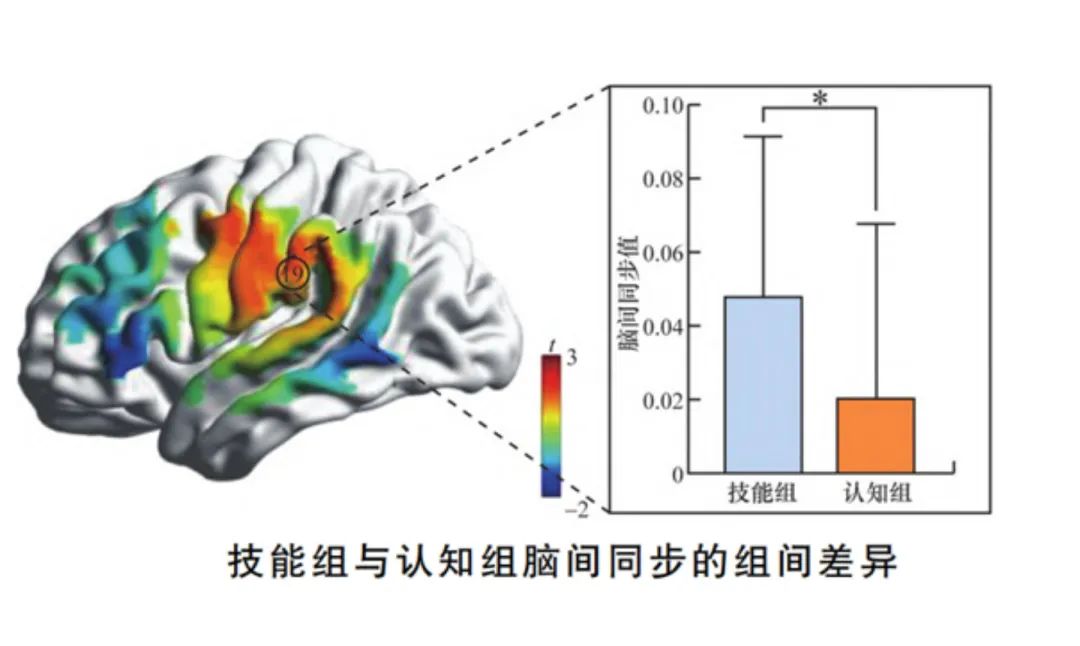


Intercerebral synchronization values were significantly higher in the posterior central gyrus than in other regions during the transfer of tacit knowledge in the skill category, and in the left prefrontal lobe during the transfer of tacit knowledge in the cognitive category. Intercerebral synchronization values were significantly higher during the transfer of tacit knowledge in the skill category than in the cognitive category.





predictive effect
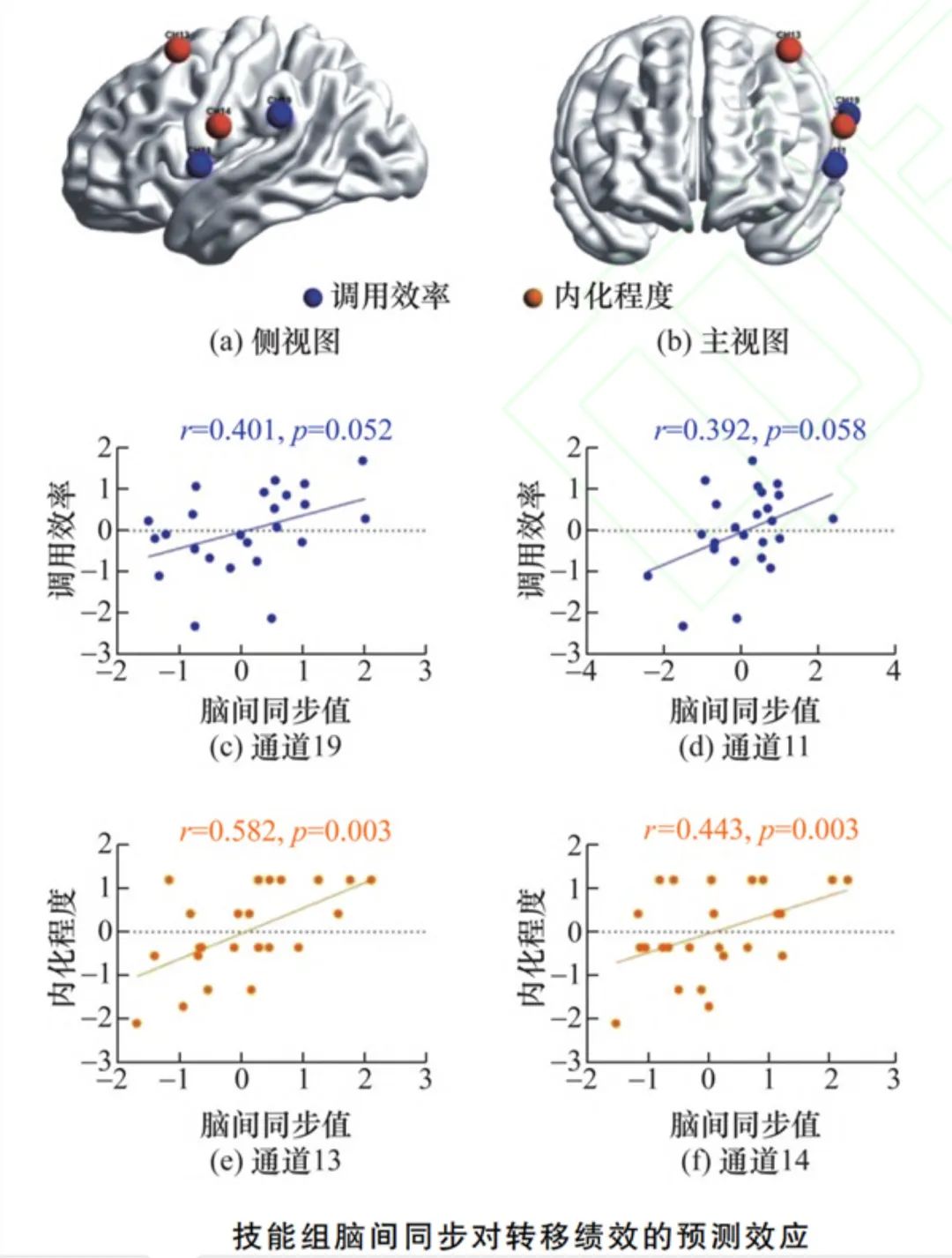


The activated brain area for the sender of the skill group was the left dorsolateral prefrontal lobe, and the activated brain area for the receiver was the left temporoparietal joint area;
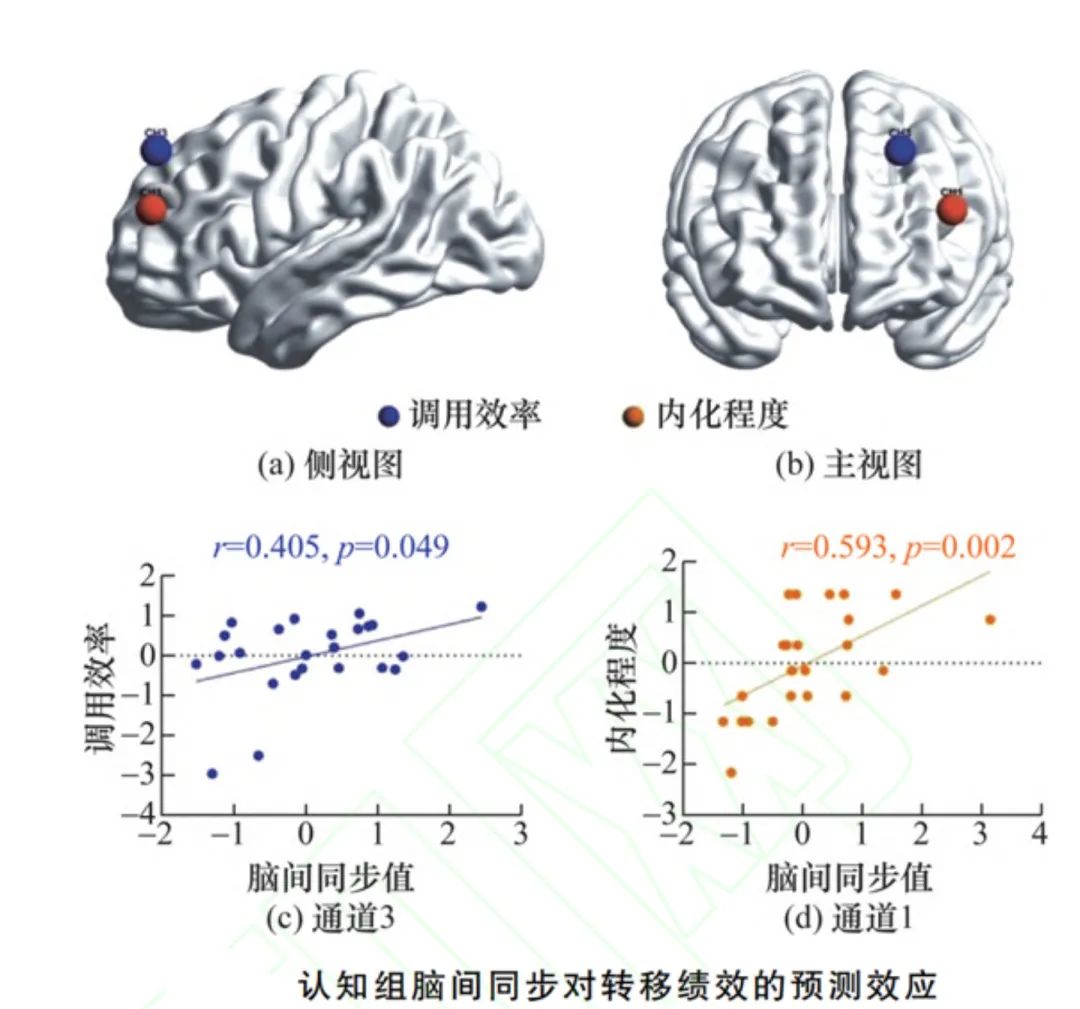


The activated brain area of the sender in the cognitive group was the subcentral area and the activated brain area of the receiver was the left inferior frontal gyrus. The brain activation value of the receiver in the cognitive category of tacit knowledge transfer was significantly higher than that of the skill category.
summarize
This study reveals the cognitive process of tacit knowledge transfer in construction projects. In the process of cognitive and skill-based tacit knowledge transfer, there were significant differences in brain activation of the receiver and inter-brain synchronization between the transferring parties, and the brain activation value of the receiver in the cognitive group was higher than that of the skill group, but the level of inter-brain synchronization in the cognitive group was lower than that of the skill group.
In addition, there is a significant causal relationship between the level of interbrain synchronization and two-dimensional knowledge transfer performance. This result provides new ideas and empirical evidence for optimizing the knowledge transfer process. However, the study also has some limitations, and the ecological validity of the study can be further enhanced by considering the combination of multimodal data in the future.
Original Message
GUO Xiaotong, ZHANG Shuailong, TIAN Fangyuan, FU Hanliang, WANG Mengmeng. Micro-mechanisms of tacit knowledge transfer in construction projects under the perspective of inter-brain synchronization[J]. Journal of Tsinghua University (Natural Science Edition), 2024.
https://link.cnki.net/urlid/11.2223.N.20240904.1140.002
Cortivision Wireless Portable Near Infrared Optical Brain Imaging System
![]()
![]()
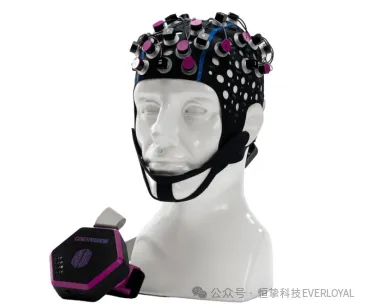

The PHOTON CAP device developed by Cortivision is a wireless portable near-infrared brain optical brain imaging system (fNIRS), which is a device that can effectively measure changes in the concentration of hemoglobin in the brain. The device records and analyzes changes in oxyhemoglobin concentration and deoxyhemoglobin concentration in active brain regions during the perception of external stimuli, and speculates on the interrelationships between perceptually active brain regions and their associated brain regions.
The Cortivision PHOTON CAP is a 37-channel device consisting of 16 transmitters (including 4 shortwave transmitters), 10 detectors. The device is wireless, portable, lightweight, safe and highly compatible, and can be used in conjunction with a wide range of devices such as VR, EEG/ERP, oculomotor, and physiological multidetector.
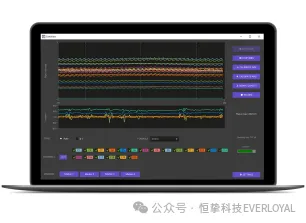


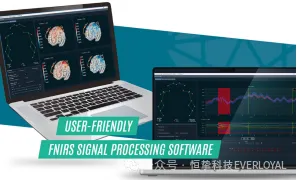


-
Real-time fNIRS and IMU raw data, oxyhemoglobin, deoxyhemoglobin, and total hemoglobin maps; -
No coding is required to go from raw data to results; -
Intuitive graphical user interface; -
Supports .snirf and BIDS formats; -
Has a visualization of the result graph.
Cortivision PHOTON CAP wireless portable near-infrared optical brain imaging system has a wide range of applications and important scientific research significance in the direction of human factors engineering, neuromanagement, neuroengineering management, human-computer interaction, human-computer-environmental systems engineering, environmental behavior, architectural design, and user experience.
Company Profile
